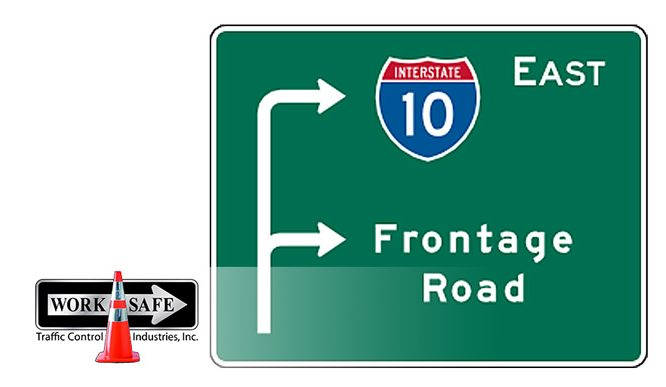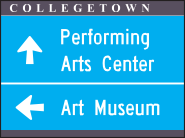
Even before you learned to drive, you probably began to understand the different road indicators. Even elementary children know to stop when they see the red sign and to pay attention to a yellow sign. Over the past century, road signs have become more reliant and color and pictures to convey information. This is to avoid language barriers and to maintain uniformity. Today, learn more about green road signs.
Green road signs communicate directional guidance. You’ll see these indicators provide mileage information to towns ahead. Mile markers along highways are green. Bike route indicators will often be as well. The destination and interchange indicators on overhead poles along the freeways are also. Drivers who need the information can readily find it, but it doesn’t demand attention.
Signs that are cool colors, are designated for less crucial information that doesn’t influence a driver’s actions. This was chosen to provide information to drivers without commanding attention. The United States isn’t the only country that uses green and white signs to provide directional assistance, Denmark, Switzerland and Turkey also use these colors.
What Are the Road Sign Categories?
Colors and shapes are used to designate signage to tell drivers what to do. Color is generally more important than shape, because most drivers recognize that red means stop and pay attention. Imagine the chaos if you were to create a stop sign in blue, for example.
Road sign categories are designated by color:
- Regulatory: red, black, and white indicators to remind drivers of specific rules. An octagon stop sign requires that you stop. A red and white yield sign requires that you slow down and let the other traffic have the right of way. Wrong-way indicators and do not enter placards are also regulatory placards.
- Warning: a yellow background indicates caution or danger. The yellow is designed to attract attention. School zones, curve ahead and crossing placards are examples of warning indicators.
- Guide: these placards come in blue, black and green and provide information. Road markers are typically green. Brown indicators usually point to places of interest or recreation. Blue placards can mark rest areas or motorist services.
- Construction: work sites are marked with placards that have an orange background. This is to draw attention to the area. Orange indicators may also be used for temporary markers for sports events or to alert drivers to hazards.

Why Are Some Street Signs Green, and Some Blue?
Generally speaking, street placards are green. They are directional indicators that provide non-critical information for drivers. However, in some cities, street signs are in different colors. This could be a choice of the city or for historical reasons. In New Orleans, street placards are in blue except in the French Corner. Historically, street placards in Boston were yellow. Street placards may also be colored differently to indicate jurisdiction. City streets may be designated green, while county streets may be in blue. In some places, blue street placards indicate an informal name of the street. Privately owned street signs could be designed in any color the owner desired, but it’s better to stick to the traditional colors.
Find Professional Signage For Your Projects
When your business is involved in traffic control, you need signage that fits the situation. Worksafe Traffic Control Industries can help you provide the right signage to keep roads and drivers safe by advising you on the best signage for your needs. Contact our team today for highway, construction and directional signage.

